Enjoy this article?
Most Museums Journal content is only available to members. Join the MA to get full access to the latest thinking and trends from across the sector, case studies and best practice advice.
Artists, like those in other professions, often go where the money is. However, they frequently bring with them a little of their hometowns.
One such artist was Thomas Gainsborough who permanently moved to London in 1774 having previously lived in Ipswich and Bath. He was, however, born and raised in Sudbury, Suffolk, and returned there from 1748 to 1752.
This brief period proved significant as it was in these years that he shifted his focus from landscape towards portraiture. We can best appreciate this change in one of his most famous early portraits, Mr and Mrs Andrews, in which the sitters share the canvas with a magnificent landscape including All Saints Church, Sudbury, where they had been married and where many members of Gainsborough’s family would be buried.
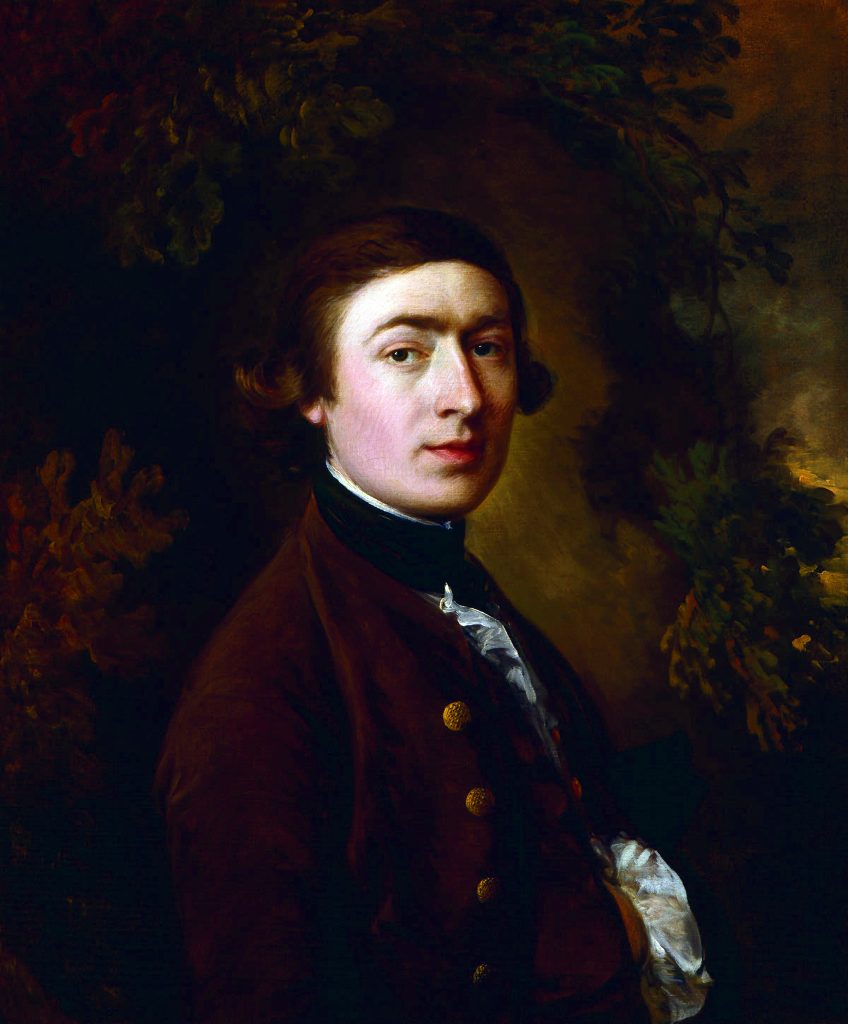
The impact of Sudbury and the surrounding countryside is one of the many facets of Gainsborough explored by the reopened Gainsborough’s House. The £10m restoration project, delayed by two years and coming in over the original budget estimate due to the impact of the pandemic, aims to make the museum both a centre for the study and appreciation of its namesake and a national and international centre for visual arts in Suffolk. As such, it is a redevelopment of two halves: the original house and a brand-new series of galleries. Both succeed in their aims.
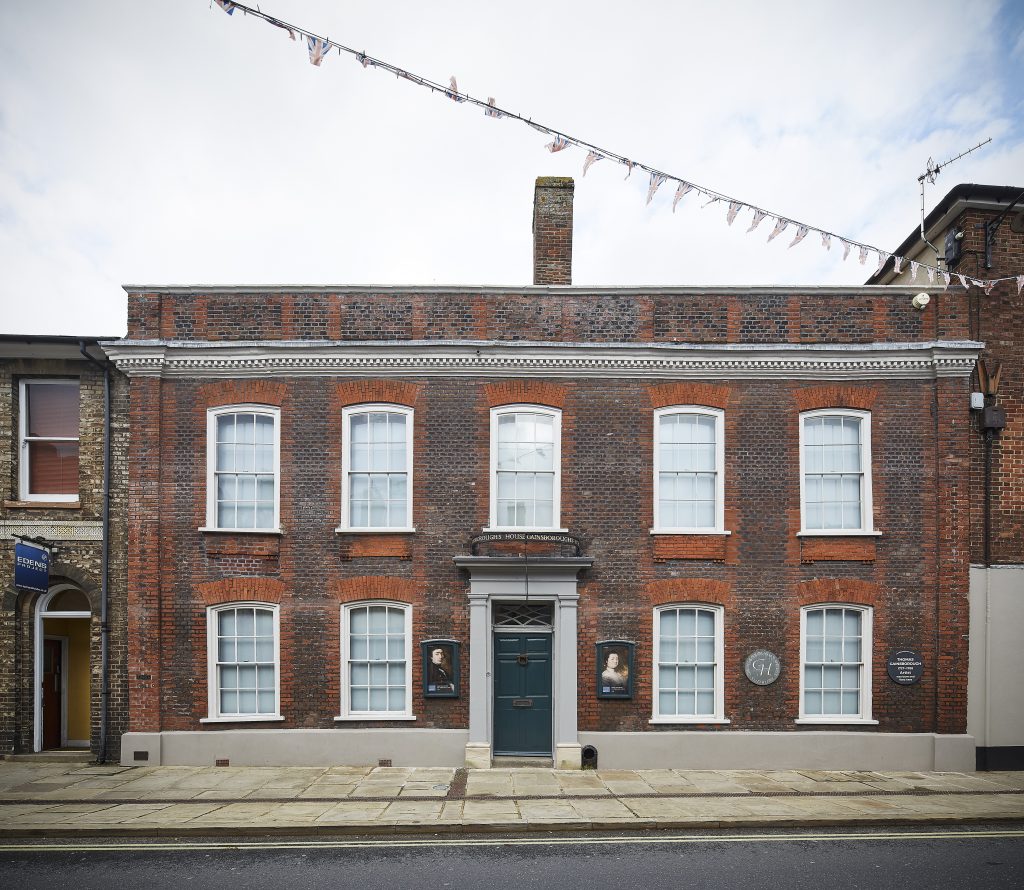
On the day of my visit, the museum was full of the quiet murmur of happy visitors – a sound I love. Engaged and, from the snatches of conversation I overheard, extremely well-informed people were exploring every aspect of the new galleries. The staff at the museum must be delighted.
At the entrance to Gainsborough’s House, visitors choose between the new galleries and the original house. To access the house, one must walk through the Gainsborough Gallery. This room hosts some of the jewels of the museum’s collection of works by Gainsborough, augmented by loans from Tate and London’s National Portrait Gallery, and is a complete joy. It spans almost the entire length of Gainsborough’s career and includes one of his finest self-portraits, heartfelt depictions of his daughters, an early portrait with a landscape that must have been inspired by Sudbury, a striking portrait of Harriet, Viscountess Tracy and a charming depiction of a Pomeranian dog.
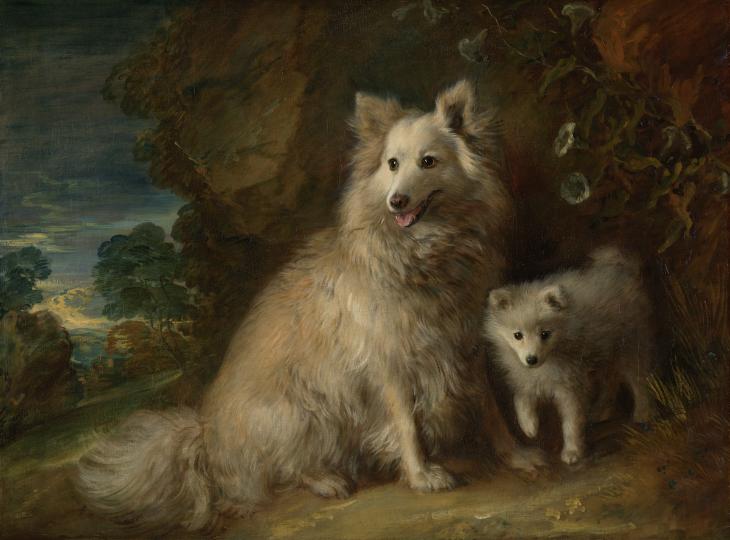
This room also contains many of Gainsborough’s landscapes, which provides a link between his country upbringing and his art. On the basis of this room alone it is easy to understand not only Gainsborough’s success in his own lifetime, but his ongoing ability to fascinate viewers.
The house itself seeks to deepen visitors’ understanding of the different elements of Gainsborough’s life and character. I particularly liked the Finnis Scott Painting Room, which allows visitors to see how an 18th-century painting studio might have looked. A charming and extremely well-informed volunteer guide talked me through the room, pointing out the influence of the painter Francis Hayman on Gainsborough, as well as his passion for Flemish masters Van Dyck and Rubens.
In other rooms we discover, through his portrait of Ignatius Sancho, Gainsborough’s connection to those who were part of the anti-slavery movement and his deep love of music and friendship with musicians. For anyone who wants to learn about Gainsborough’s works or about his personality and passions, there are many gems to discover. I was particularly pleased to learn that Sudbury was a major centre for silk production and remains so to this day.
The wonderful silk clothes worn by many of his sitters is suddenly made much more relevant. I was also pleased to see that the silk walls in the Gainsborough Gallery had been produced locally, providing yet another link between Gainsborough and Sudbury. The artistic links to the area continue with small displays of works by John Constable and Cedric Morris.
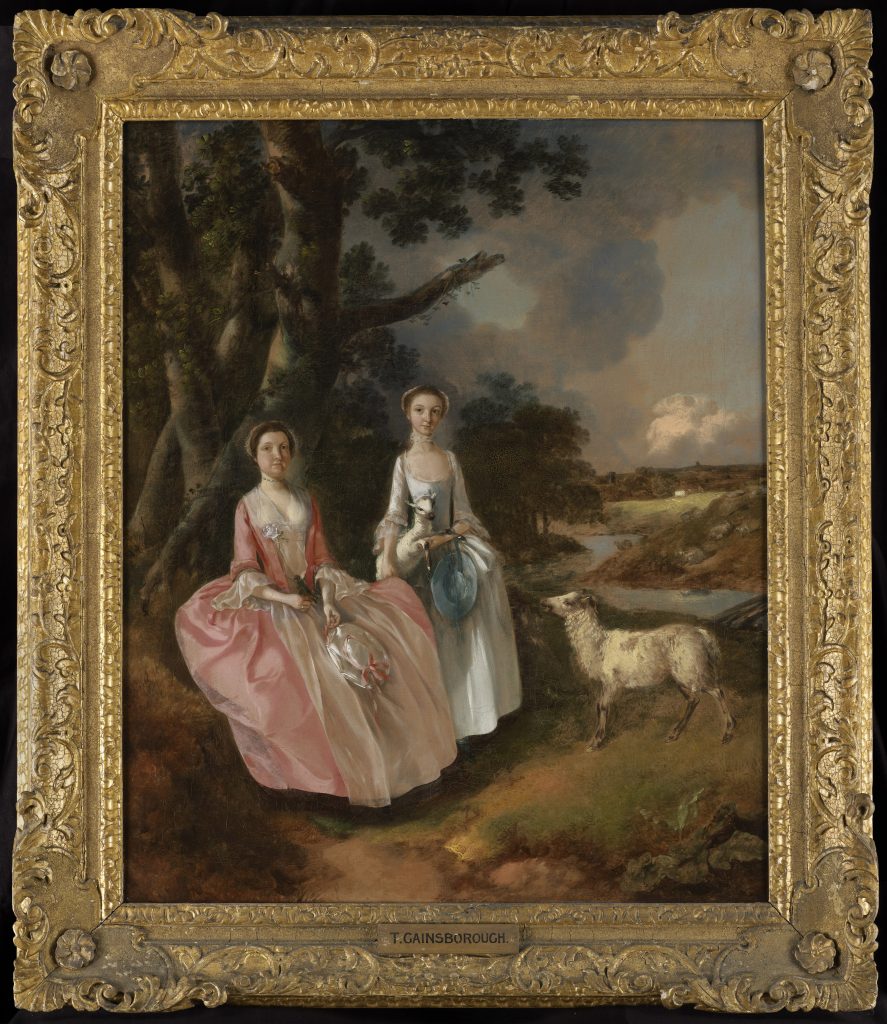
The conversion of the houses of artists into museums can be a fraught and complex business when, as in this case, the house has historically had different ownerships and uses. However, I feel that Gainsborough’s House is successful, offering visitors a chance to learn about the artist’s professional and private life, situate him in his social environment and provide an opportunity to see his paintings. Loans from the Victoria and Albert Museum also give the house veracity.
For most rooms in the house there are no wall labels and information is provided on laminated sheets. This encourages visitors to look at the objects in each room, although the subdued lighting sometimes makes reading a challenge.
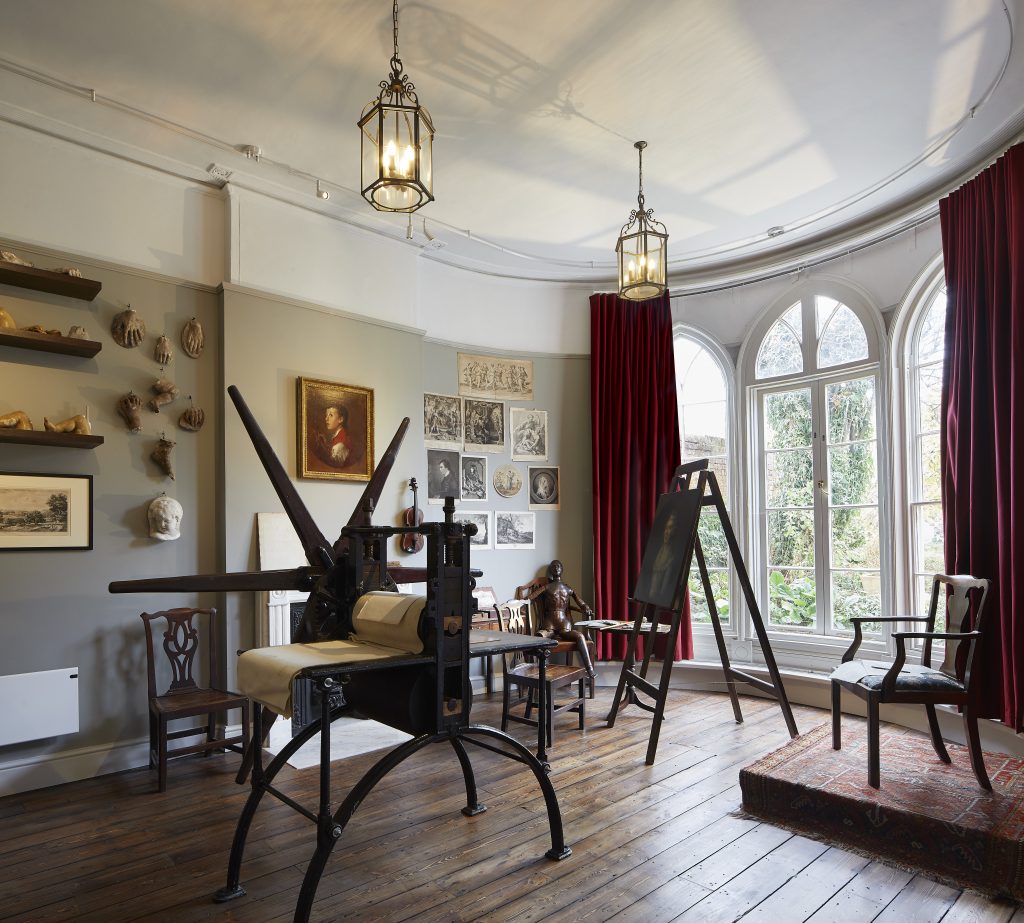
Meanwhile, the galleries were exhibiting a selection of paintings, under the title Painting Flanders: Flemish Art 1880-1914 (which ended on 26 February), from the Phoebus Foundation in Antwerp. In contrast to the early Georgian space of the house, the Timothy and Mary Clode Gallery is suffused with natural light, enhanced by the high ceilings and wide spaces. With artists as diverse as James Ensor, Théo van Rysselberghe, Emile Claus and George Minne this exhibition gave a perspective on landscape painting, most notably the use of dramatic and often conflicting colours, which differs from Gainsborough’s earthy tones. The exhibition featured artists who may not be well known in Britain, and so provided a valuable counterpoint to displays elsewhere in the museum. If the exhibition programme continues in this vein, it should fulfil the museum’s aim to appeal to the widest possible number of visitors.
Focus on | Architecture
The form of the new gallery building is responsive to the context, roof shapes and scale of the huge, adjacent weaving factory, and to the surrounding cottages. It rises to three storeys, lifting visitors to the upper studio above Sudbury’s rooftops, with a great picture-window facing the landscape that Gainsborough painted. This powerful connection between town and landscape is at the heart of our design.
The zig-zag roof-form creates a tall, sky-lit temporary exhibitions gallery at ground floor and, at its peak, a rising ceiling over the Landscape Studio. The new building provides an entrance to the enlarged museum, re-orientating how visitors experience the complex.
We became fascinated by the material qualities of Sudbury’s townscape and the local silk weaving factories. Two miles away a brickyard produces handmade bricks with clay excavated from its farm and we found flint in the nearby countryside, so we decided to use materials from Gainsborough’s Suffolk landscape for our building.
The north-facing roof slopes provide soft, controlled light into the galleries and studios. The exception is the Gainsborough Gallery, which is intentionally enclosed, its walls wrapped in warm, rich, green silk damask made in Sudbury, and with height to house Gainsborough’s full-length portraits.
Through this spectacular display of Gainsborough’s gilt-framed oil paintings, visitors are taken to the courtyard garden towards the bow-fronted, warm-yellow limewashed garden elevation of Gainsborough’s birthplace home. We have reinvigorated this Grade I-listed building, with bold colour schemes across three floors of richly furnished period display rooms. The intimacy and domesticity of these spaces complement the new building’s larger galleries.
Adam Zombory-Moldovan is a director at ZMMA
The dramatic effect of natural light is most impactful in the Landscape Studio at the top of the new building. Even on the grey, slightly foggy day that I visited, I could see that this would be a special place for the creation of art, connecting the art-lover and the art-producer through architecture.
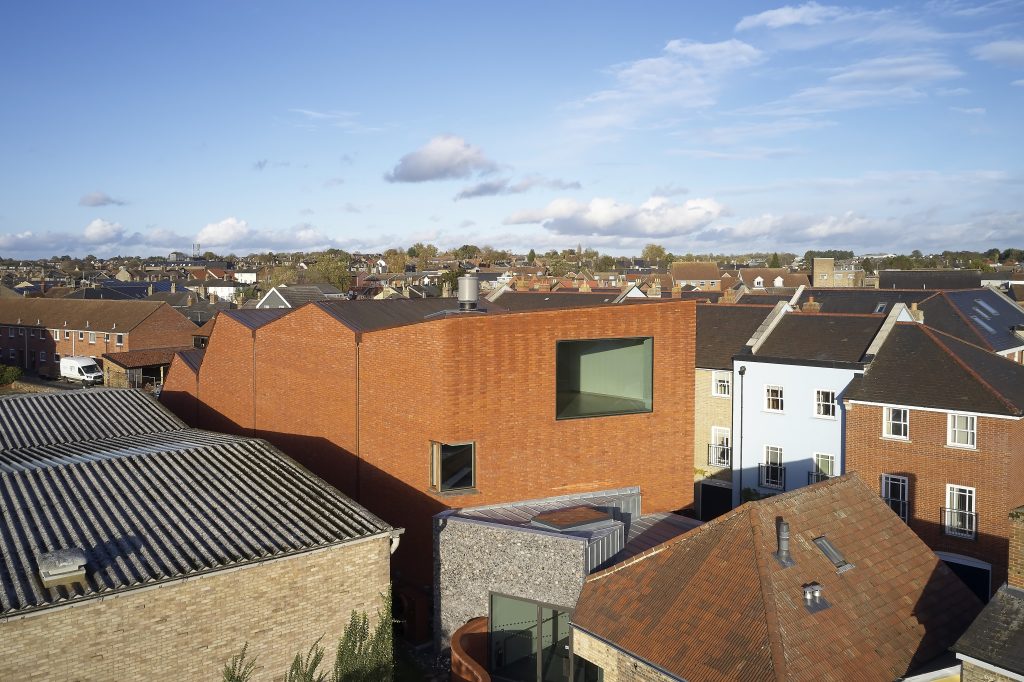
One slight criticism of the newly refurbished Gainsborough’s House is that I wanted even more information about Gainsborough and the Flemish artists. However, I am now inspired to explore further, which surely must be the goal of any museum. I would recommend a trip to Sudbury to have your curiosity pricked by this beautifully designed and conceived new museum.
Matthew Morgan is the director of Turner’s House in Twickenham
Most Museums Journal content is only available to members. Join the MA to get full access to the latest thinking and trends from across the sector, case studies and best practice advice.